Taking a Sabbatical
The American Banking System is Still in the 1990s

When I lived in Australia, sending money to an individual or business was as simple as knowing their Bank State Branch (BSB) number and account number. I could go through a web interface, or a phone app, and send $50 to a friend. It would show up the next morning in their account (or potentially the same day if we used the same bank). This transfer went through a government system known as the Australian Payments Clearing House (APCA), was completely free of fees for individuals and worked with all banks in Australia. Many countries have similar systems, some adding additional security with one-time use Transaction Authentication Numbers (TANs).
Although America has a means of electronic transfers between banks, it’s not available for individual person-to-person transfers. Automated Clearing House (ACH) transfers are only available to certain businesses and the means for verifying identity and exchanging money via it are slow and convoluted. I honestly hadn’t realized how far behind the American banking system was until I spent several years exposed to various foreign banking systems.
Read MoreSelf Driving Cars Will Not Solve the Transportation Problem

For the past couple of years, we’ve seen a substantial amount of research committed by the tech and auto industry into self driving vehicles. Billions of dollars are being spent on a solved problem; depending on how you view the problem. If the domain of the problem is transportation and increasing populations within metropolitan areas, automated driverless trains have been a reality for quite some time. I’d argue that solving the domain space of individual automated cars, while contributing significantly to the fields of machine learning and computer vision, is a wasted effort when it comes to sustainable transportation solutions for the planet.
Read MoreDeveloper Workstation PC Build

Earlier this year, I decided to build a development desktop. It’s the first PC I’ve fully built in at least four years. While I was backpacking, I relied solely on my laptop for development work. Prior to that I had used desktops people were giving away, or systems I had build years ago and had just continually upgraded. Since this would be a Linux workstation aimed primarily at development, the hardware was focused on performance. It would be built with 32GB of DDR4 memory, a 6700K i7 processor and dual M.2 solid state NVME drives connected to the PCI-E bus in a software RAID0 (striped) configuration for performance.
Read MoreInstalling Mesosphere DC/OS on Small Digital Ocean Droplets

Mesosphere DC/OS is a data center operating system, based on Apache Mesos and Marathon. It’s designed to run tasks and containers on a distributed architecture. It can be provisioned either on bare metal machines, within virtual machines or on a hosting provider (what some people like to call “the cloud.”). I wanted to see what was involved in setting up my own DC/OS instance, both locally and with a provider, for running some of my own projects in containers. I wanted to keep this cluster as low cost as possible, and ran into some issues with the Terraform installation in the DC/OS documentation. The following is a brief look at setting up a minimal DC/OS cluster on Digital Ocean.
Read MoreBuilding a Thin-ITX Router
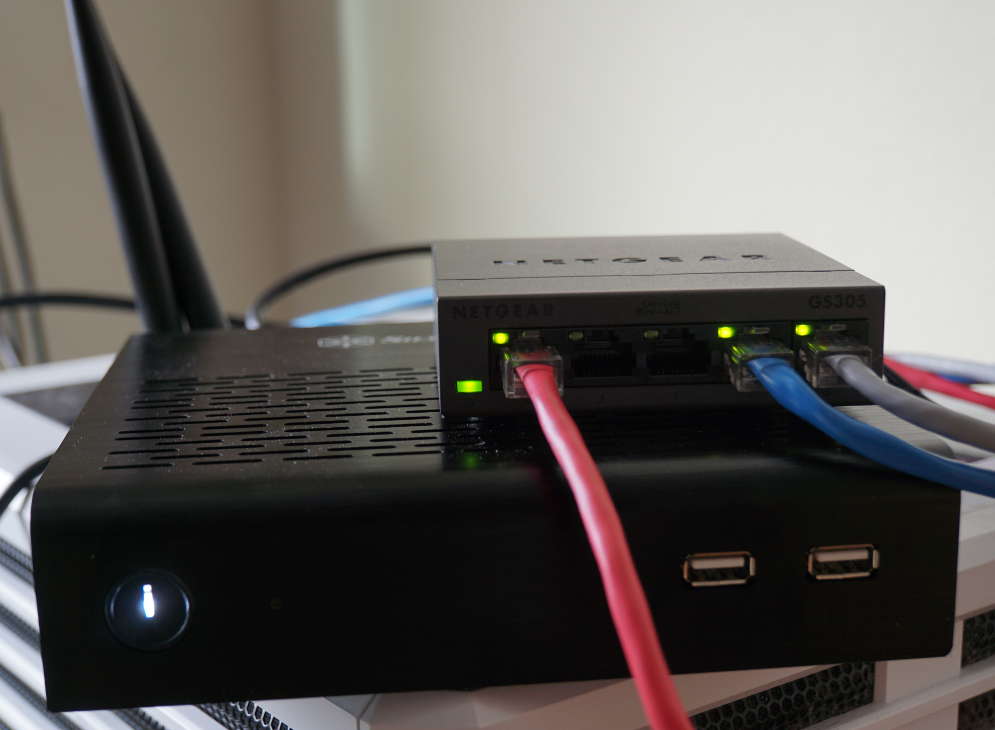
I had been using a Banana Pi BPI-R1 as my router. Due to some reliability issues, I attempted to replace it with a ClearFog Pro, which also met with unfavorable results. Many hobbyist tend to use old PCs as routers, as I have in the past. Due to some scaling down, I no longer have a bucket of spare parts to build a low powered Linux box. Instead of going with another ARM solution, I decided to build a custom x86_64 system based on the Thin-ITX form factor. I discovered that a x86/Thin-ITX solution was more reliable than the ARM alternatives I have tried, and ran the same cost as a high end home router.
Read MoreReview: ClearFog Pro
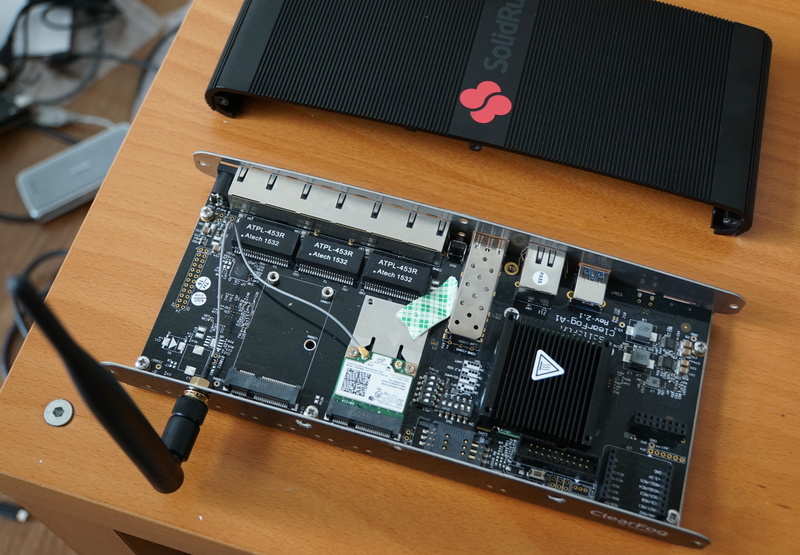
Back in February, I decided to use a Banana Pi BPI-R1 as my primary router. There wasn’t a lot of documentation on setting up the R1 as a router, and understanding the port/vlan mapping was a little complicated, so I wrote a tutorial. The BPI-R1 only has one Gigabit Ethernet controller, shared between the WAN and LAN ports and configured via vlans, which I found could result in potential security issues. Due to stability and security issues, I decided to purchase a ClearFog Pro, which featured separate Ethernet adapters for its switch, primary and SFP port. However, what I soon found was a disappointing mess of hardware and software. The manufacturer has refused my request for a return, leaving me with a $240 USD worthless brick.
Read MoreBanana Pi BPI-R1 Fails Into an Insecure State
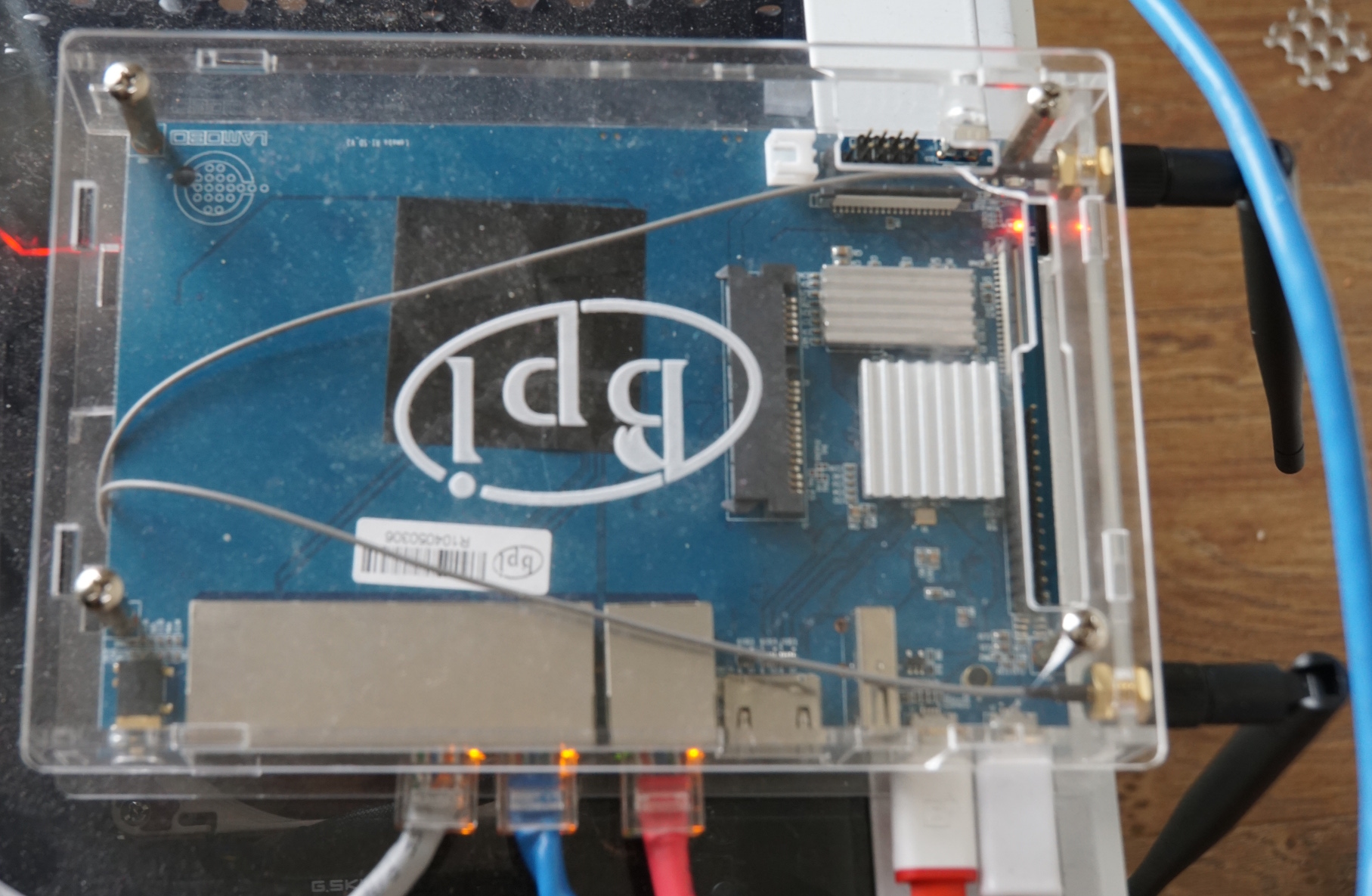
Previously I had written a guide to using a Banana Pi BPI-R1 as a router. As I write this, I’ve been running the BPI-R1 as my home gateway/firewall for approximately nine months. Initially I had problems with the router freezing and needing to be power-cycled every few weeks. Although this is somewhat commonplace and accepted on consumer commodity routers, it shouldn’t be necessary on a piece of hardware designed for hobbyists. Furthermore, there were other stability and hardware issues that could cause the BPI-R1 to reboot as a switch, with public IPs being assigned to internal machines. This effectively disabled the firewall, leaving internal machines in a potentially vulnerable state.
Read More4k/UHD KVM Switches: The StarTech SV231MDPU2 and the IOGear GCS62DP
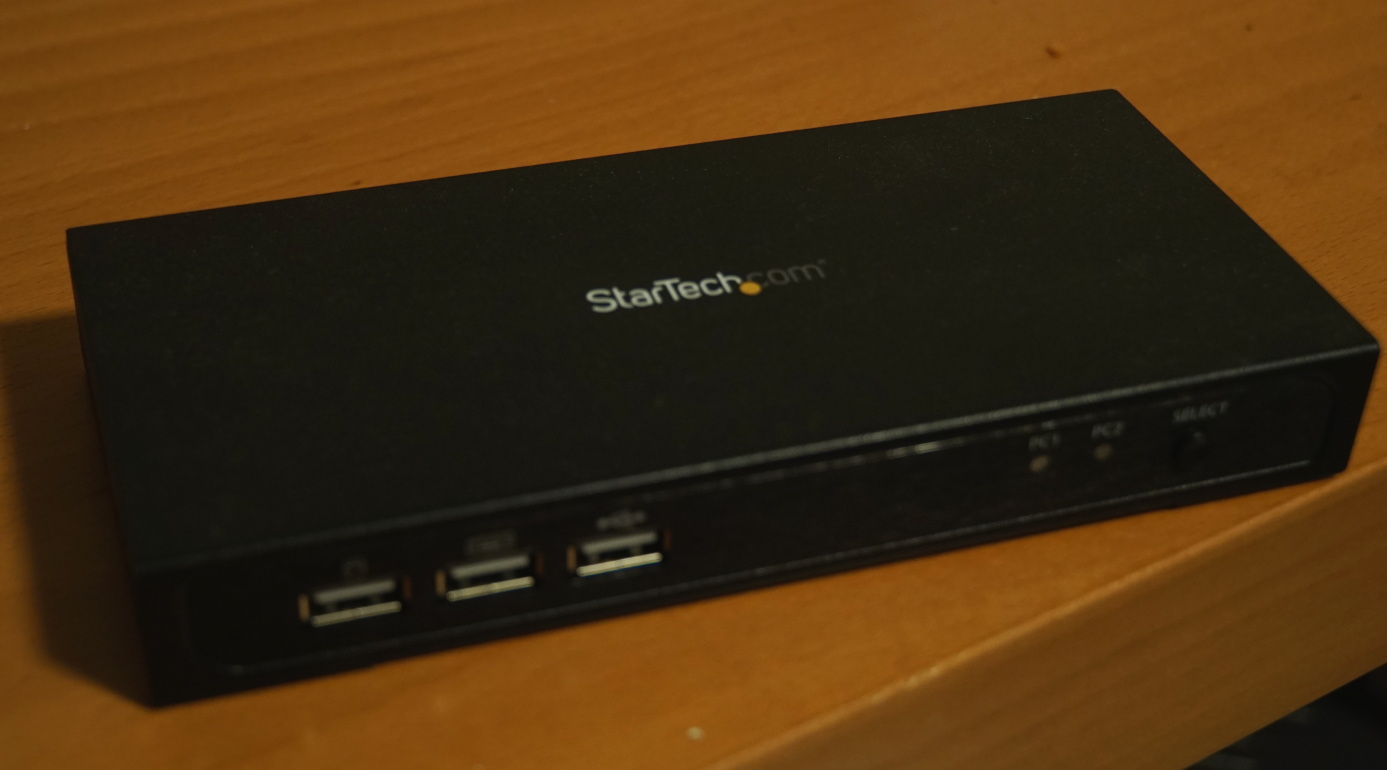
I recently I purchased a 4K monitor which I intended to use with both my laptop and my desktop. Both machines support a resolution of 4096x2160 over their respective display ports. Individually, each machine works well with the monitor, the Windows laptop being able to drive it at 50Hz and the Linux desktop able to drive it at 60Hz. I’ve owned many KVM switches in the past without major issues, so I was surprised to learn that using a KVM with a 4K/UHD monitor proved to have significantly more challenges than previous interfaces.
Read MoreUsing the Banana Pi BPI-R1 as a Router With Bananian
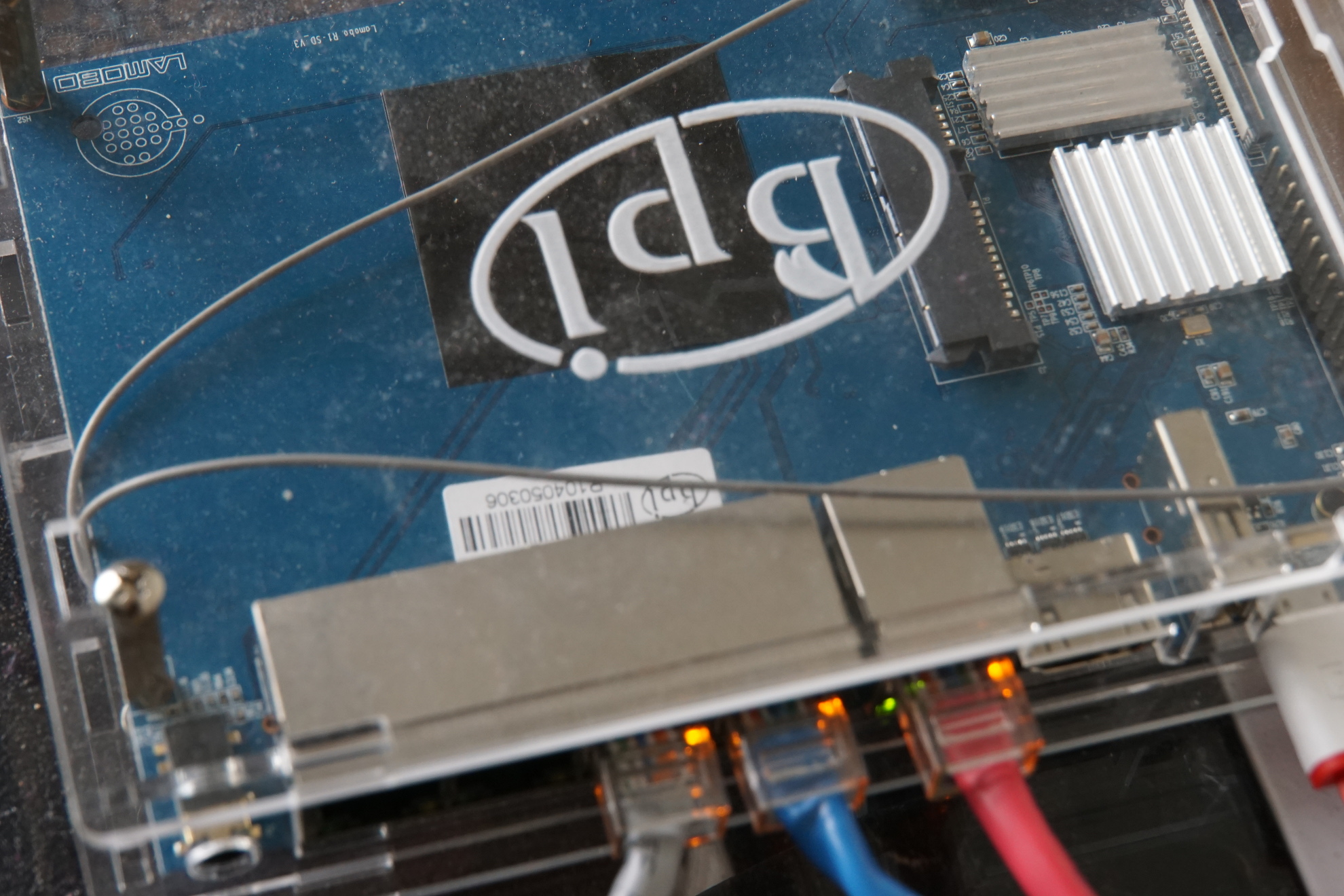
For the past nine months, I’ve been using a BPI-R1 as a personal home router. It’s a small, affordable router board with a Dual-core ARMv7 processor, 1GB of Ram and Gigabit Ethernet. It and can run several flavors of Linux, however getting the initial setup going was a little tricky with the way the Ethernet switch/vlans are configured. The following is a guide to setting up a BPI-R1 using the Bananian Linux distribution.
Read More